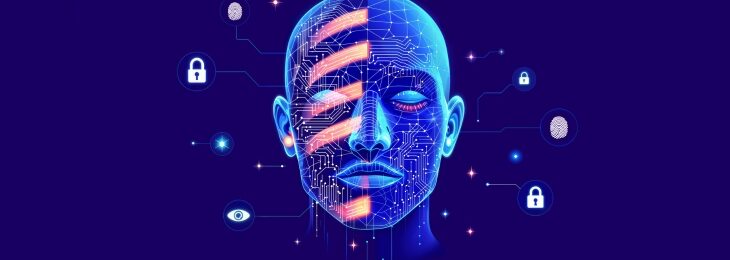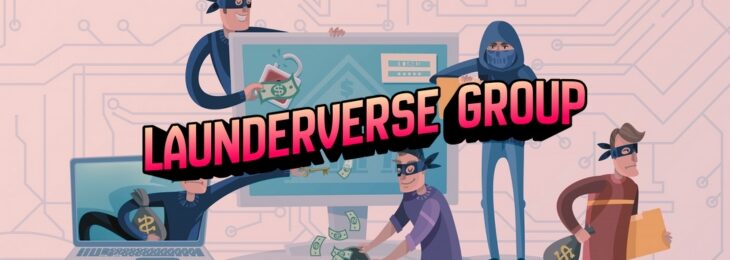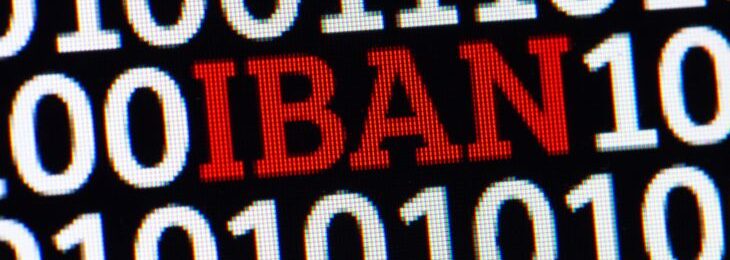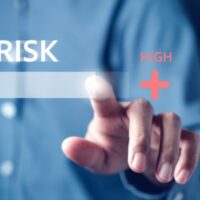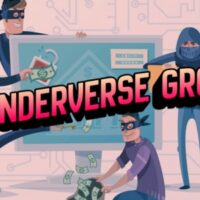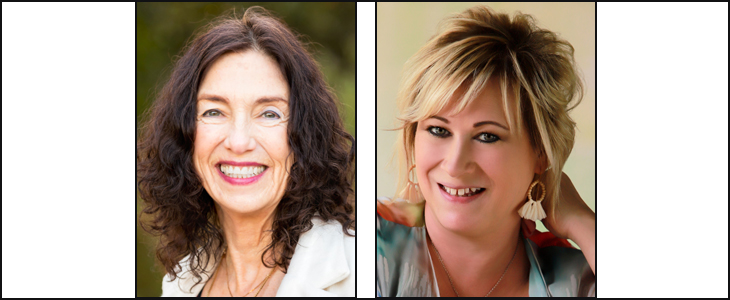
To commemorate National Hire a Veteran Day, ACAMS Today recently caught up with Kathleen Ellertson and Laura Taylor of the Veteran Art Institute (VAI) to discuss how their organization assists veterans in integrating back into society and provides a platform for veterans to showcase their art and other professional skills.
Ellertson, who is the founder and president of VAI, is a former Fortune 500 marketing executive turned veteran advocate. The daughter of a World War II (WWII) Bronze Star recipient who struggled with post-traumatic stress disorder (PTSD), Ellertson leverages 35 years of corporate partnership expertise—at companies including Intel, HP, Compaq and DEC—to transform how America honors its military heroes through art. With a Bachelor of Fine Arts degree in art history and years of experience curating veteran art exhibits, including a yearlong exhibit at the Pentagon, Ellertson has established the VAI as a platform for veterans to showcase their work both online and in local galleries.
Taylor, who is executive director and co-creator of the VAI, is a Navy veteran, artist and lifelong patriot. Taylor channels her service, creativity and entrepreneurial spirit into empowering fellow veterans through the arts. As the co-creator of the VAI’s national online gallery, she blends fine art, leadership and advocacy to build community and inspire healing, channeling her artistic talent and military experience to support and inspire fellow veterans. Taylor’s mission is deeply personal, driven by the desire to honor her late father, a Vietnam veteran whose legacy continues to inspire her commitment to service and art.
ACAMS Today (AT): Tell us about your background and how you became involved in advocating for veterans.
Kathleen Ellertson (KE): My dad was an artist and a WWII PTSD survivor, and it powerfully impacted our family. Recognizing the therapeutic value of art, I volunteered with a veterans’ art organization. After retiring from Intel in 2018, I continued witnessing how many veterans struggle with reintegration challenges that traditional support systems don’t address. The statistics are sobering: 17.6 veteran suicides daily and countless others battling invisible wounds. I realized that many veterans need therapeutic outlets but won’t seek traditional therapy. Art became my answer. Having seen the transformative power of creative expression in my own life—and with the help of other veterans—I founded the VAI to provide veterans with a judgment-free platform where they can process their experiences through art, connect with fellow veterans and rediscover their voice. It’s not just about creating art—it’s about creating hope, community and healing for those who served our country.
Laura Taylor (LT): I am an artist, Navy veteran and daughter of a Vietnam veteran. I joined the Navy and served in active duty from 1994-1997 as a plane captain and jet mechanic and worked on F-14 and F-18 fighter jets. I met my husband in the service, and we have two wonderful children. Art has always been a part of my life and after my service career, I continued down that path as an artist and designer. My mission and work with veterans are deeply personal and driven by the desire to honor my late father, a Vietnam veteran. His legacy continues to inspire my commitment to service and art.
AT: What is the VAI and its mission?
KE and LT: The VAI is, first and foremost, a free online art gallery, dedicated to bringing the power of art to service members and veterans. The VAI believes that art is therapy, which many veterans need but do not seek out. The VAI provides members with a safe space to tell their stories through art, connect to their social media outlets and link to their point of purchase should they want to sell their artwork or connect with other veterans. The VAI also offers a training section to their members which offers art-related courses. This is all done at no cost to members—all our services are free.
AT: You focus on holistic healing. Could you give us a few examples of how art has made a difference in veterans’ lives?
KE: The comments we receive when veterans register for the VAI are telling. There are so many grateful words, but all point to the same topic: how the VAI has given them a voice. Being acknowledged and understood is a human need, but it is especially true for veterans.
LT: In addition to our online gallery, the VAI also feels it is still important to continue to have in-person exhibits as well. We have seen and experienced the power of holistic healing through art and the process of art. Throughout the last couple years we have exhibited with galleries and Veteran Affairs (VA) offices across the nation. Some of these VAs have an art therapy program as well. One of my most memorable experiences is working with one of our Midwest VAs and their art therapy department to hold a women veterans’ art exhibit. The participants were not seasoned artists—they were women who were seeking alternative options to manage their experiences from their service career. The process of creating art is what most think of when relating to art therapy. But the next step in the process is the vulnerability to be able to stand proud, share their work with the public, interact in conversations and hear the appreciation they receive for their accomplishments—all while standing next to their sisters and brothers of service. That is when the real magic happens: the camaraderie that brings on strength and self-confidence.
AT: In our earlier conversations you both spoke a bit about how veterans can be vulnerable to fraud and scams. Could you give some examples of where you have seen this occur?
KE: Veterans are prime targets for scammers who exploit their service records and personal information. Fake art buyers contact veterans claiming to be collectors, requesting bank details for “large purchases” that never materialize. There are also fraudulent veteran organizations that harvest personal information under the guise of providing services, then sell that data or use it for identity theft. Benefits scams are particularly cruel—criminals pose as VA representatives offering expedited claims processing for up-front fees. At the VAI, we protect our members by maintaining strict verification processes and never publicly displaying personal information. We’re always trying to improve our educational content to help veterans recognize red flags, because those who served our country deserve protection from those who would exploit their service.
LT: At the VAI, we take our members’ privacy seriously. To keep this exclusive for our service members, we have a registration process that ensures we are working with a service member or veteran, but we do not offer public information. As a veteran myself and as an artist, I have seen many attempts to gather my personal information and have received several fraudulent emails claiming to be from art collectors and such. As the VAI continues to grow, I would like to be able to offer in our training section classes and courses that would help educate our members on the red flags to look for and become aware.
AT: One of the ways you want to expand your offerings for veterans is by providing a safe space for veterans to share other skill sets they may have with the community. What steps are you taking or which partnerships are you hoping to create to achieve this goal?
KE: We've built a thriving community of over 1,000 veteran artists, with new members joining daily. In order to continue offering our free service, we must rebuild our website. We envision building the VAI into more than an art gallery to include a comprehensive program where veterans can showcase all their talents. Our Educational Portal already features art classes taught by veteran instructors, and we’re expanding to include business skills, technical training and mentorship programs. We partner strategically with organizations like Patriot Arts Foundation and VA recreational therapy departments to offer free classes. Looking ahead, we’re seeking corporate partnerships that recognize veterans’ diverse skill sets—from project management learned in military logistics to leadership skills honed in combat zones. Our goal is to create a marketplace where veterans can offer consulting, training and services while building a supportive community. We’re also exploring partnerships with companies and like-minded veteran nonprofits who understand that military experience translates into valuable civilian capabilities. In addition, we partner with other like-minded veteran art groups, like Patriot Arts (https://www.patriotartfoundation.org/) and with VA offices. An example of this partnership is the free art classes for veterans, supplied by Patriot Arts, promoted by the VAI In partnership with the Mather Veterans Administration Hospital in Sacramento.
LT: We believe every veteran has more to share than just their art—they bring wisdom, skills and stories worth passing on. We’re working to build partnerships with veteran-owned businesses and creative organizations to offer workshops, classes and peer-led opportunities. Our goal is to create a safe, empowering space where veterans can teach, learn and connect through shared experiences.
AT: July 25 is “National Hire a Veteran Day.” Any observations on how veterans’ skill sets would be a good fit in the anti-financial crime (AFC) industry?
KE: Veterans are natural fits for AFC roles because military service instills exactly the qualities this industry needs most. Veterans are trained to identify patterns, assess threats and make critical decisions under pressure—skills directly applicable to detecting fraudulent activities and financial crimes. Their experience with security protocols, attention to detail and understanding of risk assessment translates perfectly to compliance and investigation work. Many veterans also have security clearances and experience protecting sensitive information. Perhaps most importantly, veterans bring uncompromising integrity and a mission-first mindset. They understand that protecting financial systems means protecting people's livelihoods and futures. The same dedication that drove them to serve their country will drive them to safeguard financial institutions (FIs) and their customers from criminal exploitation. Veterans who served as Judge Advocate officers (a legal appointment) could be one example.
LT: In addition to several careers that align with the AFC industry, I think it is important to mention that many do not. Many service careers are non-transitional to civilian careers. With that said, the big opportunity here is to offer training programs for those who have transitioned out. Most of those who have served come with a skill set that is instilled in them during their service time—honor, loyalty and commitment. All of these would be a strong fit for the AFC industry.
AT: In addition to running the VAI, what else do you like to do when you are off the clock?
KE: I love to paint and continue working toward my master’s in art history. I have three grandchildren near me and spend a lot of time with them. I also travel to Italy every year and love to cook.
LT: As an artist, I always have the desire to create and appreciate other creations. I enjoy live music and attending local art events and I am very lucky to have amazing people in my life to share these experiences with. My husband is also a veteran and we both seek opportunities to “give back” to the veteran community and travel as much as we are able!
AT: How can FIs connect with the VAI?
KE: The VAI is headquartered at 3941 Park Drive, Suite 20-655, El Dorado Hills, California, 95762. You can connect online at https://veteranartinstitute.org or send an email to kathleen@veteranartinstitute.org.
Interviewed by Karla Monterrosa-Yancey, CAMS, editor-in-chief, ACAMS, editor@acams.org

